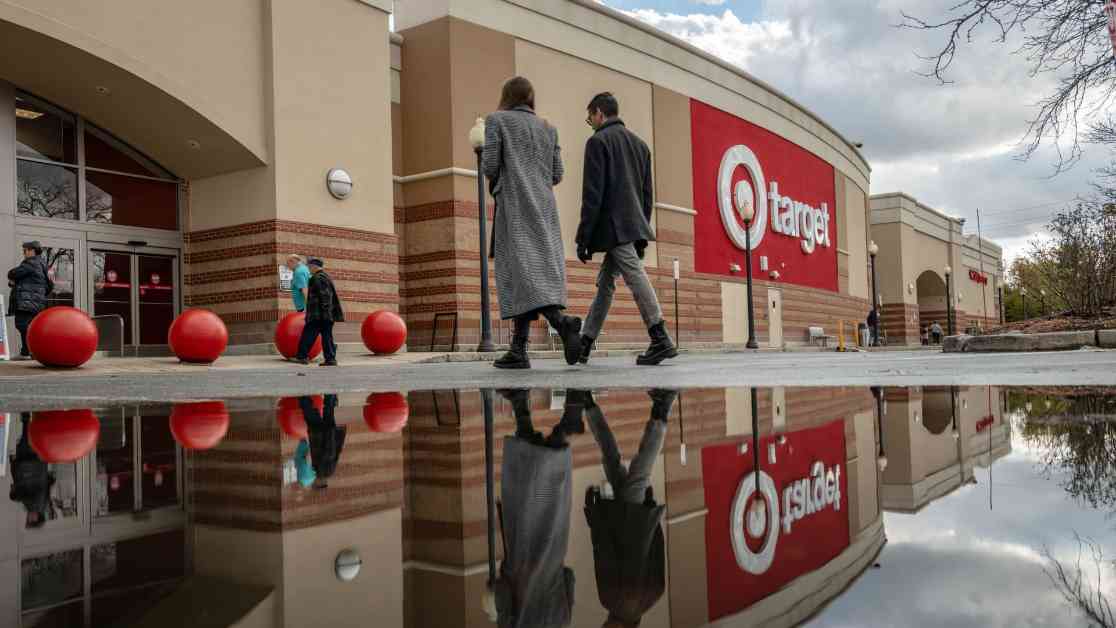As the holiday season approaches, retailers are gearing up to attract shoppers looking for party outfits, makeup, toys, and other discretionary items. However, not all retailers are reaping the benefits of the festive season. Recent earnings reports from various brands have shown a clear divide between those that are thriving and those that are struggling.
Retailers like Target, Kohl’s, and Best Buy have reported disappointing third-quarter results, with early holiday deals failing to make a significant impact on their businesses. On the other hand, Walmart, Dick’s Sporting Goods, and Abercrombie & Fitch have posted strong sales in their recent quarters.
The shift in consumer behavior, driven by factors like inflation and changing spending habits, has made it challenging for retailers to capture the attention of shoppers. Neil Saunders, managing director of GlobalData Retail, notes that consumers are still spending but are more selective about their purchases, opting to buy fewer items from retailers they perceive as weak.
The National Retail Federation forecasts a 2.5% to 3.5% increase in holiday spending compared to the previous year, with estimates ranging from $979.5 billion to $989 billion. While this represents a smaller year-over-year increase than in previous years, retailers’ expectations for the holiday quarter vary widely.
Retailers like Dick’s and Abercrombie are optimistic about a strong holiday season, citing a positive response to their holiday assortments. However, others like Nordstrom and Walmart are more cautious, noting slower shopping trends and emphasizing the need for competitive pricing to attract consumers.
Despite differing forecasts, retailers are implementing strategies to drive sales during the holiday season. Target, for example, is offering exclusive merchandise inspired by popular movies and artists, while also lowering prices on thousands of items to entice shoppers.
However, retailers like Target, Kohl’s, and Macy’s, which focus more on wants than needs, may face challenges this holiday season. Consumers are leaning towards practical and useful gifts, shifting away from frivolous purchases. Retailers that have stocked up on excess inventory or the wrong mix of items may struggle to move products off the shelves.
Ultimately, the key to success this holiday season lies in offering value to consumers, whether through competitive pricing, unique products, or an enhanced shopping experience. Retailers must adapt to changing consumer preferences and external factors to ensure a successful holiday season and meet their sales targets.
















